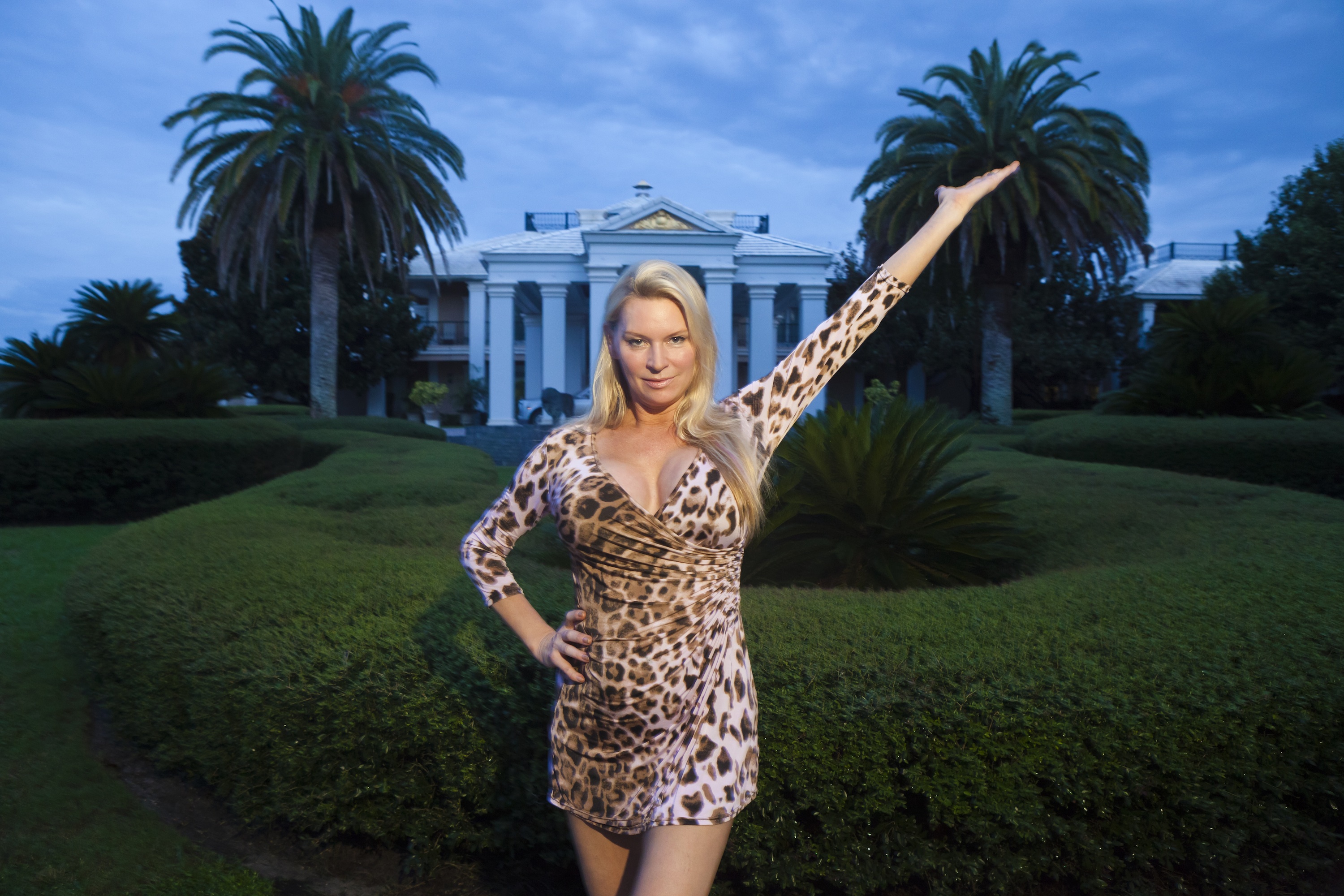And speaking about images I have a hard time deciding which to like best (see Little Joe both clothed and nude in previous entry), there are two images in existence of Dovima with Elephants, both shot by Richard Avedon during the same photo shoot.
Dovima was a 1950's 'supermodel' who pre-dated the term by about 10 years. She was perhaps a muse for Avedon and for many other photographers considering she is the model to some of the best fashion photography of the time. Avedon made his mark as a fashion photographer by incorporating movement in the genre when the standard was to shoot stiff and posed models.
You can only imagine that in order for the images below to exist as they do, the model had to be attune and quick to the movements of the otherwise uncontrollable props (in this case, the elephants).
 |
| Dovima with elephants, evening dress by Dior, August 1955, by Richard Avedon |
In this great image above, Dovima's arched arm mimics the curved trunks of the elephants beside her. Her white and black Dior dress looking impeccable and contrasting with the otherwise general grayness of her surroundings.
And in the bottom one, she appears to be leading a band of elephants (her perfectly placed left foot front and center) while taming their charge with her delicately positioned hands.
 |
| Dovima with elephants, evening dress by Dior, August 1955, by Richard Avedon |
|
Again not a simple feat for either model nor photographer considering how quick they both had to be to capture the right moment.
And to add difficulty to the mix, Avedon is working with a large format camera which slows down the shooting process, there is no quick and rapid succession of shooting as with smaller format cameras using roll film.
We can tell what format Avedon is using here because of the black border around the images. The black borders come into play when the unexposed edges of the film are included in the printing and although this can be done with any format, the markings of these borders (notice it doesn't go all the way around the image) is evidence of the film holder edges one uses when shooting sheet film in large format photography.
The only visible difference in the achievement of these images is that because of the borders, we also know the bottom images is full-frame while the top image has been cropped from the top (the proportion is also not exactly in sync with the sheet film's size).
Yet both remain a testament to Avedon's talent (and Dovima's), I am sure I'm not the only one who can't choose which one is better between the two, it is no wonder they are both considered the iconic images that they are.





















